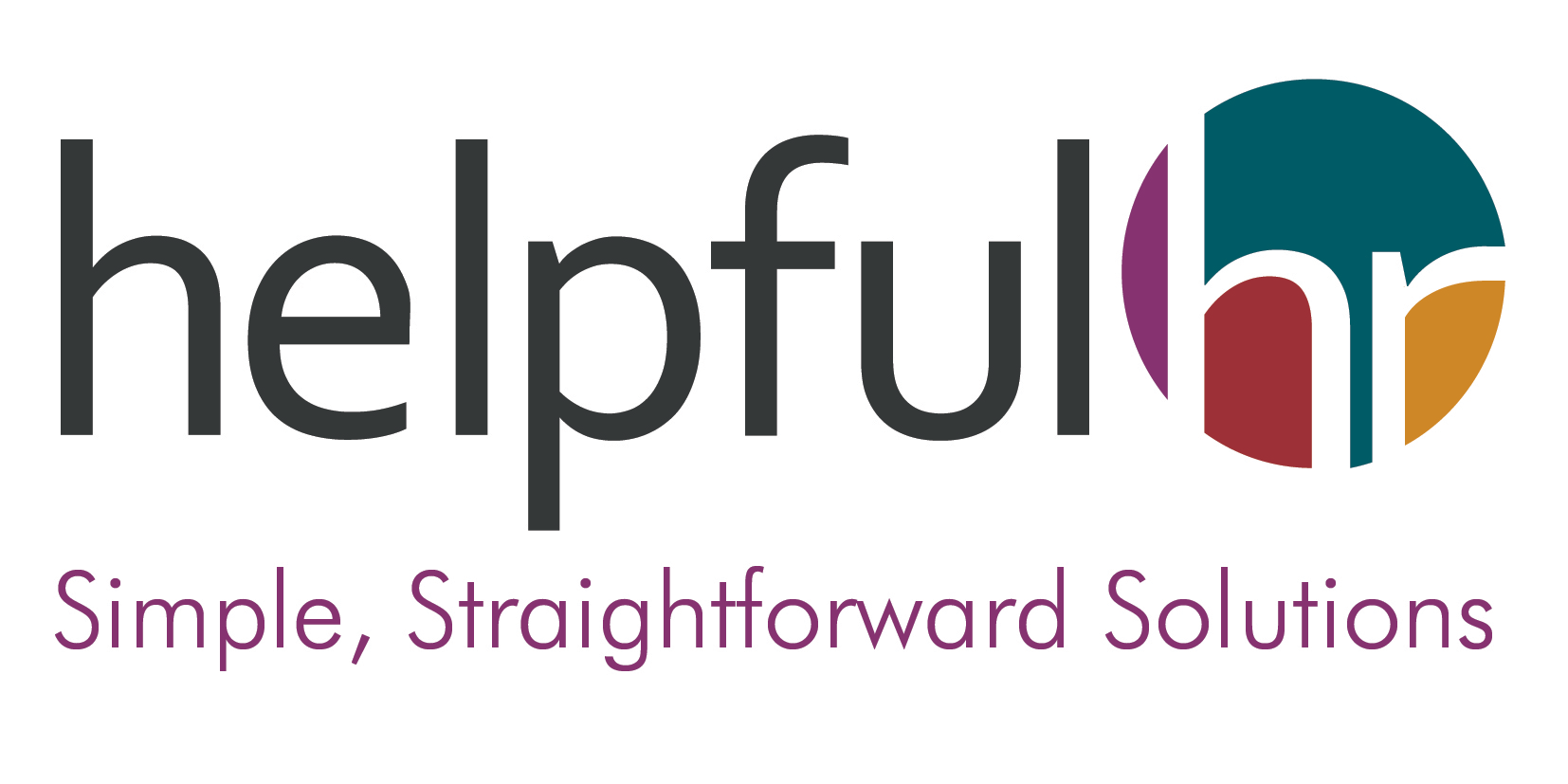The post-Covid ‘Great Resignation’ has received a lot of coverage, as employees re-evaluate their priorities decide to make life-changes. Employers are definitely experiencing challenges in hiring, due to low unemployment rates and high inflationary pressures. Undoubtedly the impact of Brexit is in the mix, adding to the difficulties in certain sectors.
Earlier this year, the FT reported that in Q1 2022 UK unemployment rates fell to their lowest in nearly half a century. In August 2022 People Management reported that the number of job vacancies rose to a new high of 1.85m in the last week of July 2022. We are now experiencing much higher rates of inflation, with the Consumer Price Index exceeding 10% in July 2022. This increased inflation is putting pressure on employers to increase wages.
With inflationary pressures affecting employees and employers alike, many employers are undoubtedly feeling the ‘squeeze’. Their challenge is to balance the organisation’s need to retain and recruit talent in a competitive market, with the increasing demand for high salaries.
People Management also reported in July 2022 that 80% of employers are hiring for ‘potential’ skills and capabilities, with a view to developing their own talent. In order to address the skills shortage, maintain low attrition rates and ensure the organisation’s capability is developed, 60% of employers are providing employees with learning resources to support organisational capability. Employers are having to take a more creative approach to retaining and attracting talent. It’s no longer feasible to rely on the draw of a high basic salary, to ensure the organisation’s costs don’t escalate.
What are the practical steps employers can take to aid retention and resourcing?
There’s no one panacea, as organisations in different markets will experience the current climate in different ways. But a good place to start is for leaders to ask themselves 10 challenging questions:
- Do you have leaders who motivate and inspire their teams and lead with compassion?
- How capable and effective are your people managers at managing in the Post-Covid era of hybrid working?
- How healthy is your organisation’s culture?
- Are benefits aligned with employee priorities, and do you know what your people value?
- Can you offer career progression and development opportunities?
- Does the organisation have a sense of community, where employees are truly invested and engaged in the organisation?
- Is good performance rewarded with valued benefits?
- Do you have a long-term talent strategy, for example a pipeline through relationships with education establishments, or apprenticeships?
- Are your recruitment processes efficient and effective, and do good candidates ‘disappear’ during the process?
- How successful are your new hires and what are the retention rates during the first six-12 months?
Once you have answered these questions, you may be able to identify areas of focus. These areas can then help you to develop a retention and attraction action plan for the short and long-term.
If you’re finding the current labour market challenging, or if you’re experiencing the ‘Great Resignation’ first hand in your business, get in touch with Helpful HR.

Recent Comments